The best treatment for IBS depends on your symptoms, gut health, and overall lifestyle. While there’s no one-size-fits-all solution, healing your gut can dramatically reduce symptoms
You don’t have to live with IBS. There is a cure!
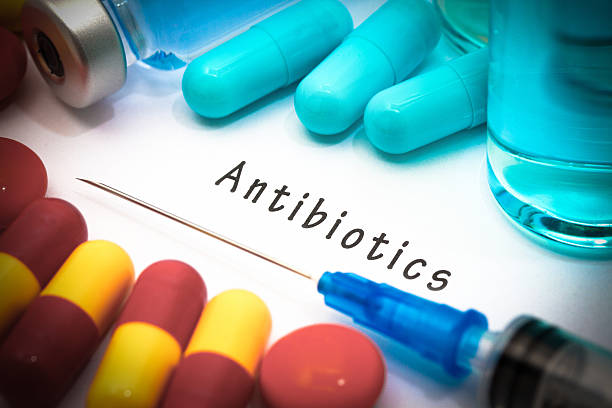
Antibiotics are affective against bacterial infections but can disrupt the gut microbiome, leading to several health issues. Here’s how they negatively impact gut health:
1.Reduced Microbial Diversity
Antibiotics often eliminate both harmful and beneficial bacteria, decreasing the diversity of the gut microbiota. This redcuction can impair digestion, nutrient abosrption, and immune function.
2.Selection for Antibiotic=Resistant Bacteria
The use of antibiotics can promote the growth of resistant bacterial strains. These strains may dominate the gut enviroment, increasing the risk fo infections that are more difficult to treat.
3.Increased Susceptibility to Infections
Disruption of the gut microbiota can reduce colonizationresistance, making it easier for pathogens like Clostridioides difficile to establish infections, leading to conditions such as antibiotic0associated diarrhea.
4.Long-Term Microbiome Alterations
Even short courses of antibiotics can cause changes in the gut microbiome that persist for months or longer. Some beneficial species may not fully recover, leading to lasiting imbalances
5.Impact on Metabolic and Immune Functions
Alterations in the gut microbiota can affect the production of short0chain fatty acids and other metabolite, infulencing metabolic processes and immune reponses.
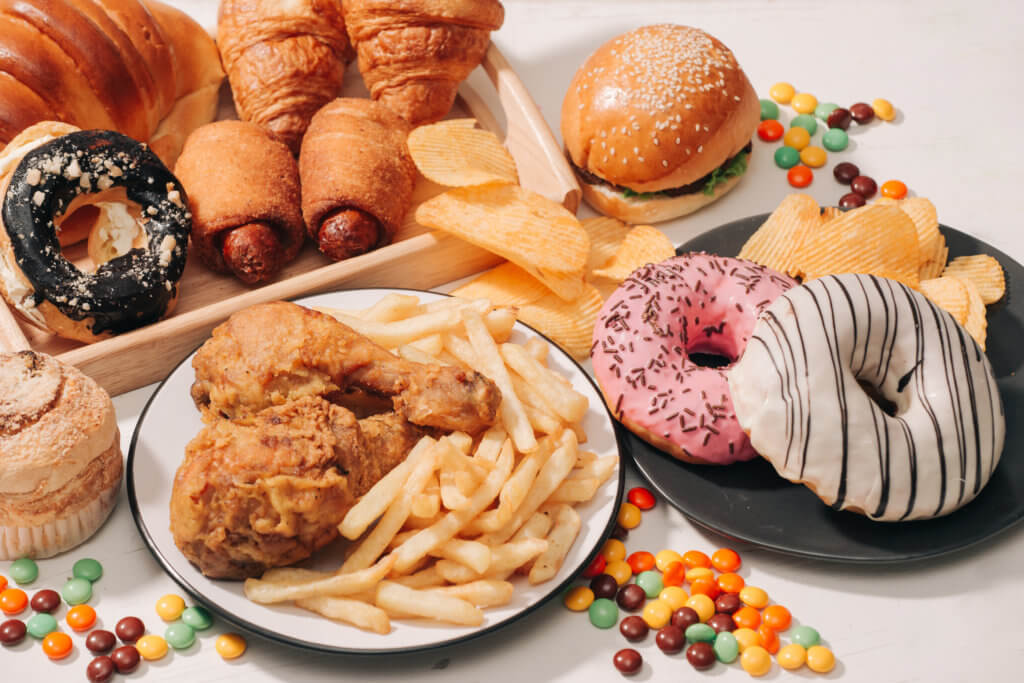
Here’s a concise breakdown of dietary patterns that negatively affect gut health, supported by current research:
1.Western Diets (High in Fat and Sugar)
Characteristics: High in saturated fats, refined sugars, red and processed meats, and low in dietary fiber.
Gut Impact: Reduces beneficial bacteria, increases harmful species, and compromises gut barrier integrity, leading to increased intestinal permeability and systemic inflammation.
2.Ultra-Processed Foods (UPFs)
Examples: Packaged snacks, sugary cereals, processed meats, and ready-to-eat meals.
Gut Impact: Disrupts microbial balance, decreases diversity, and promotes inflammation.
3.High-Sugar and Refined Carbohydrate Diets
Examples: Sugary drinks, candies, white bread, and pastries.
Gut Impact: Feeds harmful bacteria, reduces beneficial microbes, and increases inflammation
4.High Saturated Fat Intake
Examples: Fatty cuts of meat, butter, and full-fat dairy products.
Gut Impact: Alters gut microbiota composition, increases bile-tolerant bacteria, and promots inflammation.
5.Artificial Sweeteners
Examples: Aspartame, curalose, and saccharin found in diet sodas and sugar-free products.
Gut impact: May disrupt gut microbiota balance and glucose metabolism
6.Low-Fiber Diets
Examples: Diets lacking fruits,vegetables,legumes, and whole grains.
Gut Impact: Reduces production of short-chain fatty acids, essential for gut health, and decreases microbial diversity.
7.Frequent Consumption of Fried Foods
Examples: Deep-fried items like fries, fried chicken, and doughnuts.
Gut iImpact: High in unhealthy fats, these foods can harm gut microbiota and increase inflammation.
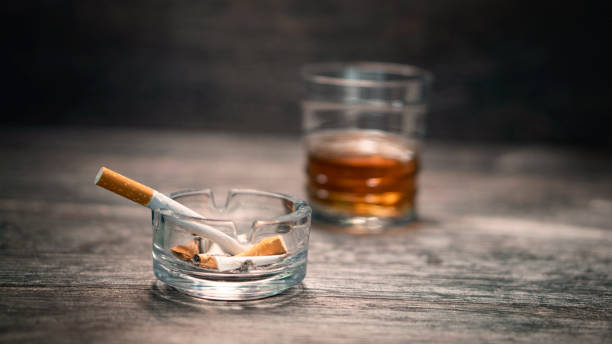
Impact of Smoking on Gut Microbiota
Microbial Composition Changes : Smoking alters the gut microbiota by increasing harmful bacteria and decreasing beneficial ones.
Reduced Short-chain Fatty Acids : Smokers exhibit lower levels of SCFAs, which are crucial for maintaing gut health.
Increased Intestinal pH : Cigarette smoke elevates intestinal pH, favoring the growth of pathogenic bacteria.
Impact of Alcohol on Gut Microbiota
Dysbiosis and Reduced Diversity : Alcohol consumption leads to an imbalance in gut bacteria, reducing microbial diversity.
Leaky Gut Syndrome : Alcohol damages the gut lining, increasing permeability and allowing toxins to enter the bloodstream.
Inflammation and Immune Response : Alcohol-induced gut permeability triggers systemic inflammation, affecting overall health.

A sedentary lifestyle significantly impacts gut health by altering the composition and function of the gut microbiota. Research indicates that prolonged physical inactivity leads to decreased microbial diversity, a crucial indicator of gut health. Specifically, sedentary individuals exhibit a higher abundance of Firmicutes and a lower abundance of beneficial bacteria such as Actinobacteria and Proteobacteria.
Beyond bacterial changes, sedentary behavior also affects the gut fungal microbiome. Studies have found increased levels of certain fungi like Sordariomycetes and Malassezia species in individuals with low physical activity. These including amino acid biosynthesis and phospholipid metabolism, potentially leading to inflammation and other health issues.
Furthermore, sedentary habits have been linked to a reduction in short-chain fatty acid (SCFA)-producing bacteria, which plays a cital role in maintaining gut health and preventing inflammation.
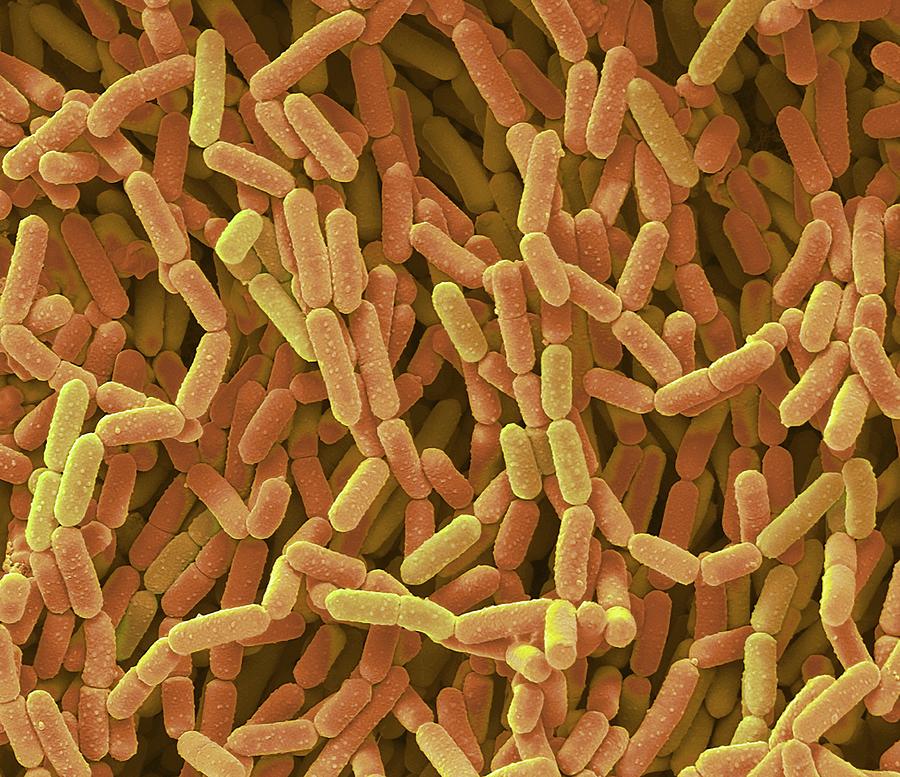
What it does for IBS:
Strengthens gut barrier (“tight junctions”) to reduce leaky gut
Calms immune overreaction in the gut (reduces cytokines)
Reduces diarrhea episodes
May slightly improve bloating and motility
Why it’s needed:
IBS often involves a weakened gut lining and mild chronic inflammation-LGG helps repair the barrier and rebalance immune signaling.
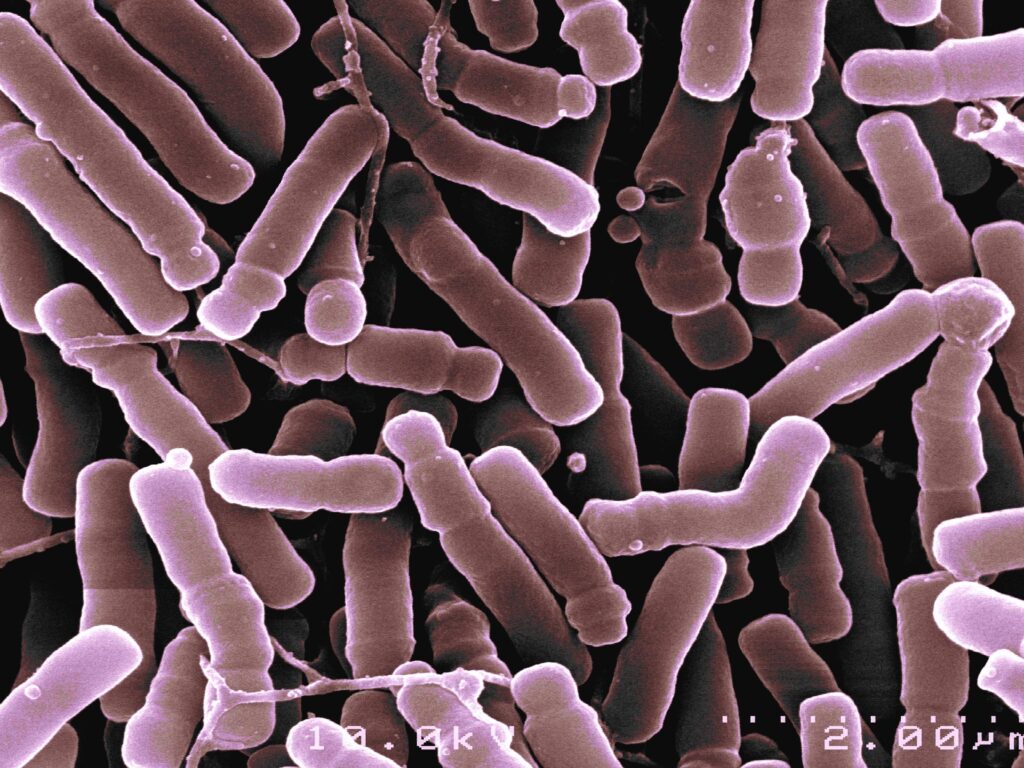
What it does for IBS:
Reduces pain perception in the gut (acts on the gut-brain axis)
Decreases abdominal discomfort and bloating
Calms neuroinflammation
Why it’s needed:
This strain has research behind it for lowering visceral sensitivity, which is a hallmark of IBS-especially IBS-D and IBS-M
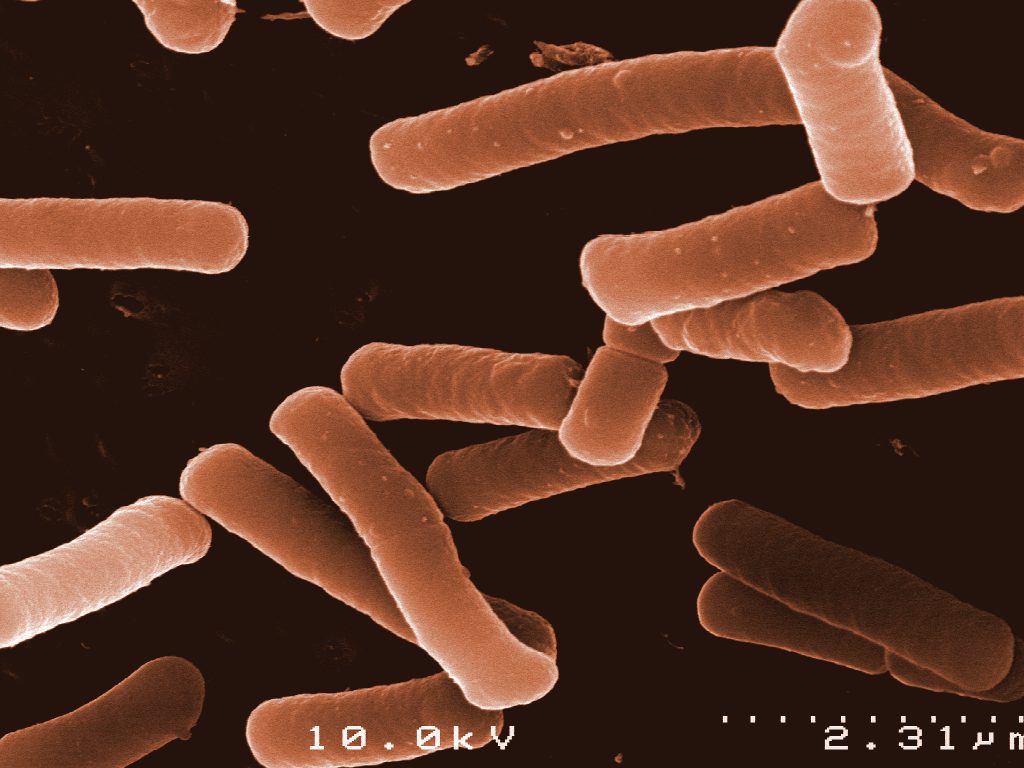
What it does for IBS:
Works with B.longum to reduce stress and cortisol, which worsens IBS
Supports gut-brain signaling and emotional triggers of gut pain
Why it’s needed:
IBS is often stress-exacerbated,an and this strain combo is clinically shown to reduce anxiety-like symptoms while improving digestion.
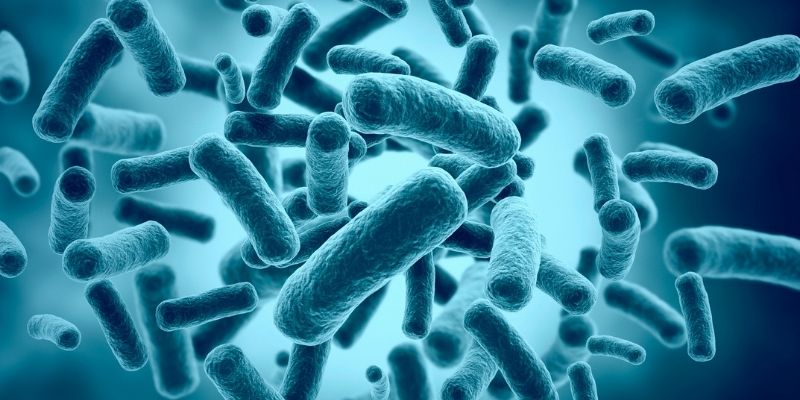
What it does for IBS:
One of the most studied strains for IBS (Especially IBS-D and IBS-M)
Reduces abdominal pain, bloating, and urgency.
Improves gut barrier and reduces systemic inflammation
Why it’s needed:
This strain targets core IBS symptoms- especially pain and bloating- throught immune modulation and strengthening the muscosal lining.
The most critical thing for this to work is to take these probiotics in order. Taking them out of order or all at once can make symptoms worse and cause more inflammation. Also, a multistrand probiotic can make symptoms worse or not work due to multiple strains competing for survival.
Here is the complete regiment to reset your gut microbiome and fix IBS for good!
- Start taking the Lactobacillus rhamnosus GG (LGG) strain. Continue taking for 2 weeks to let this strain gain dominance.
Recommended product:

2. Add Bifidobacterium longum Rosell-175 and Lactobacillus helveticus Rosell-52nd after 2 weeks of taking Lactobacillus rhamnosus GG (LGG). At this time there is enough of the strain in the gut to help these 2 strains gain dominance in gut.
Recommended product:
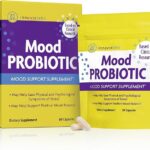
3. After taking those three strains for about 3-4 weeks add this final strain. Bifidobacterium longum 35624.
Recommended product:

4. Continue taking all 4 strains for 6-8weeks. It is also a good idea to take inulin powder to maximize colonization. It is also recommended to try to avoid all the triggers listed above to allow for proper colonization.
Good Luck!

Featured Articles
Featured Articles
The importance of healthy gut microbiome
Not only does healthy gut microbiome prevent IBS, it promotes better nutrient absorption, lower cortisol,…
Best Treatment for IBS : How to Heal Your Gut Naturally
The best treatment for IBS depends on your symptoms, gut health, and overall lifestyle. While…
How to Stay Fit in Busy Schedule?
Nulla facilisi. Duis vel magna turpis. Nullam rutrum urna ut metus molestie malesuada. Nulla cursus…

Hello!! Thank you so much for this! I have suffered for years because of IBS and I finally know drinking heavily is what did it!! Thank you!